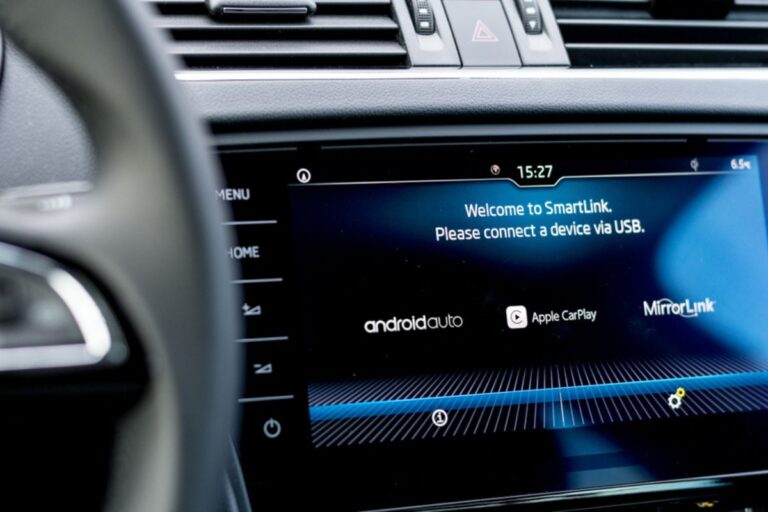
Electric cars do not have alternators. Instead, they have a DC-to-DC converter. It recharges the 12-volt battery, which powers the car’s accessories.
The battery also provides power to the electric motor that drives the vehicle.
Why do electric cars not have alternators?

This is a common question that people ask when they are considering purchasing an electric car. The reason that electric vehicles do not have alternators is that they do not need them! Electric cars are powered by batteries, which store energy and provide power to the electric motor.
The electricity charges the battery from the outlets in your home or a charging station. Therefore, there is no need for an alternator in an electric car. Instead, they use more efficient technology better suited to the electric car’s engineering.
Do Teslas have an alternator?

No, Teslas do not have an alternator. Instead, they have a large battery that powers the electric motor. The battery is recharged by the regenerative braking system and by plugging the car into an external power source. Teslas do not need alternators because they do not have traditional combustion engines.
Internal combustion engines rely on alternators to generate electricity to power the vehicle’s accessories, such as headlights, radio, and air conditioning. Electric cars like Teslas generate their electricity using onboard batteries and motors. Regenerative braking also helps recharge the batteries while driving.
External power sources can recharge the battery when it gets low. This is typically done by plugging the car into a standard household outlet or a dedicated EV charger. Some public charging stations are also available in some areas.
Do electric cars recharge while driving?

Some cars have technology such as regenerative brakes. These cars capture the energy from the braking system and use it to recharge the battery. However, electric vehicles typically do not renew while driving because it is not efficient energy use.
Instead, the battery is charged by electricity from the outlets in your home or at a charging station.
Do electric cars have transmissions?
Most electric cars do not have multispeed transmissions. Instead, they have single-speed transmissions. This is because electric motors provide maximum torque at low speeds. Therefore, there is no need for a multispeed transmission in an electric car.
Some electric cars do have multispeed transmissions, but they are not common.
Why do electric cars not have alternators?
Electric vehicles don’t have alternators because their motor essentially already works as an alternator. The electric motor in an electric car can generate electricity, which is then used to charge the battery. This design is more efficient than an alternator, which would be an extra component that needs power from the engine to work.
Additionally, having an electric motor that can generate electricity means that electric cars can use regenerative braking to recharge the battery, further increasing efficiency. A DC/DC converter does better at converting the direct current (DC) from the battery to the alternating current (AC) needed to run the electric motor. This design is more efficient and eliminates the need for an alternator.
Advantages DC/DC Converters Have Over Alternators

- Increased Efficiency: The DC/DC converter is more efficient than the alternator because it doesn’t need engine power. Additionally, the electric motor can generate electricity, meaning less energy is lost in the conversion process.
- Reduced Weight and Cost: The DC/DC converter is lighter and cheaper than the alternator because it has fewer components. Additionally, the electric motor can generate electricity, so an expensive battery is not needed.
- Simplified Design and Maintenance: The DC/DC converter is more straightforward than the alternator because it has fewer components. This also makes it easier to maintain because fewer parts can break down.
- Regenerative Braking Capability: The DC/DC converter can recharge the battery while the car is braking, which increases efficiency and reduces wear on the brakes.
- An Electric Motor can be used as a Generator: The electric motor in an electric car can generate electricity, which means there is no need for an external generator. This makes the vehicle more efficient and eliminates the need for a backup power source.
Do electric cars have radiators?
No, electric cars do not have radiators. Electric vehicles are powered by batteries, which store energy and provide power to the electric motor. The electric motor is connected directly to the wheels and does not need a radiator.
Electric cars are simpler and more efficient than traditional gasoline cars. Additionally, electric vehicles typically have a lower operating temperature than gasoline cars, reducing the need for a radiator.
Do hybrid cars have alternators?

No. Hybrid cars have integrated starter-alternator (ISA) systems. The ISA system is a combined starter and alternator that is more efficient than a traditional starter or alternator.
Additionally, the ISA system can generate electricity to power the electric motor and recharge the battery. This more efficient design eliminates the need for an extra component (alternator) in the hybrid car.






